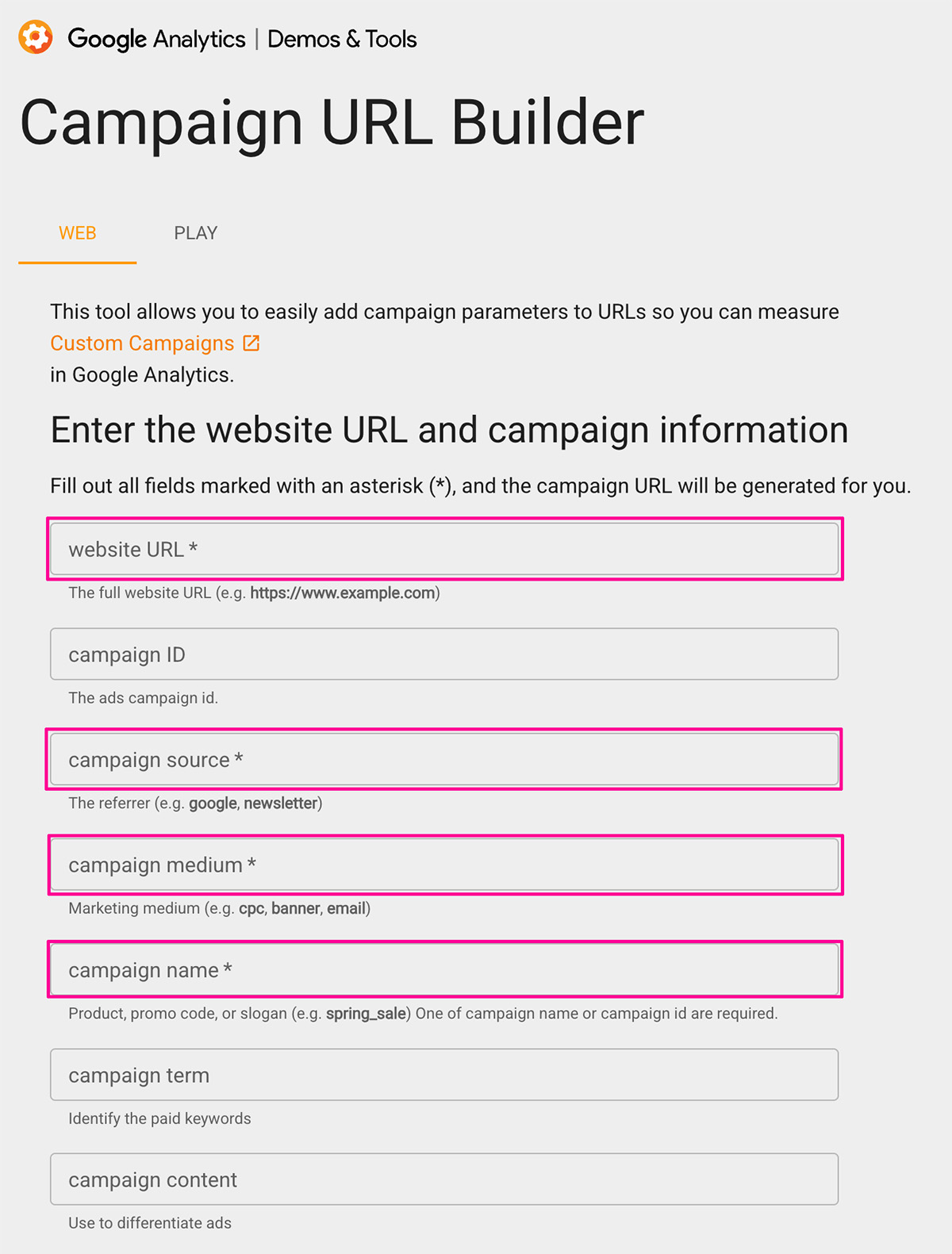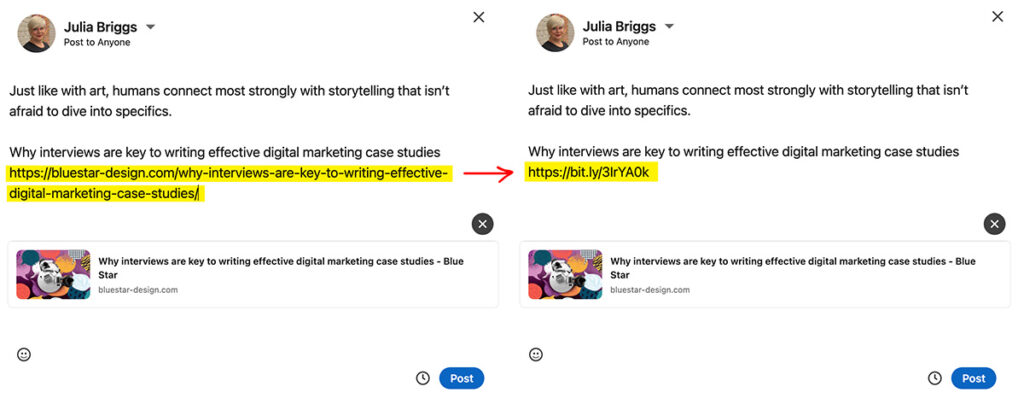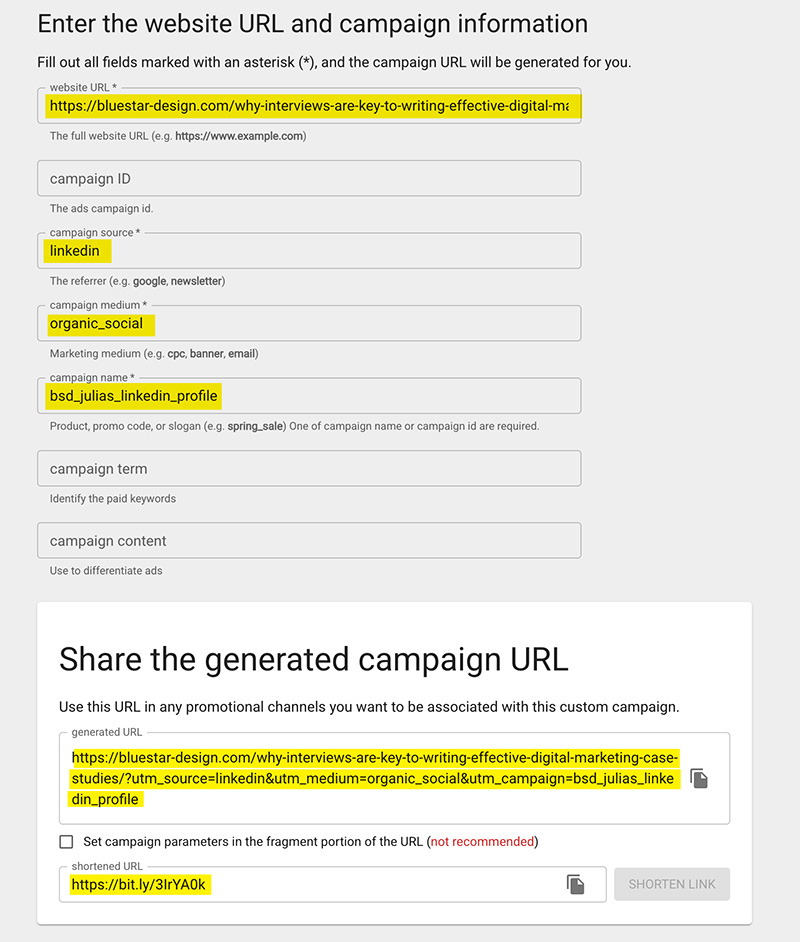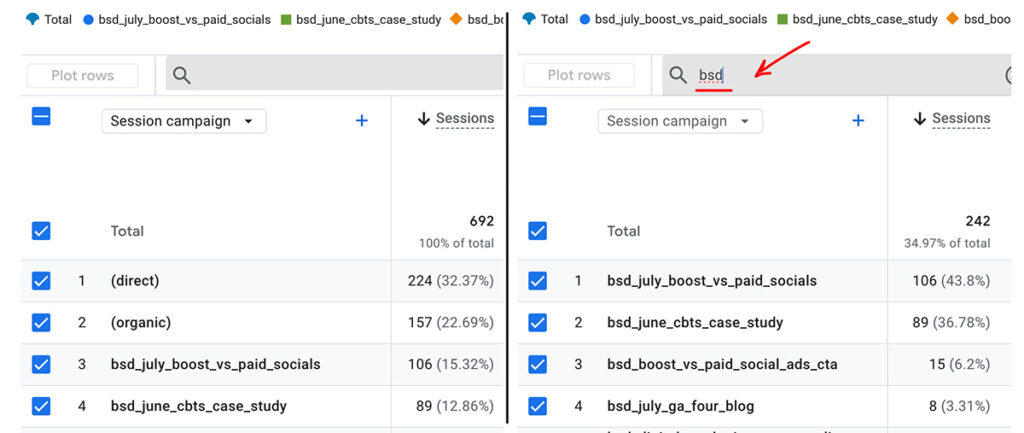In 2005, I might have been found chasing twin toddlers around a playground on weekends. At that same time, Google was busy acquiring a company called Urchin Tracking Systems, which led to the release of Google’s Universal Analytics in 2012.
Google Analytics was a breakthrough for marketers as it helped us understand how visitors came to a site via which vehicle. For example, paid vs. organic social media. (In playground terms, a twin stroller vs. a red wagon.)
In 2023, Google fully rolled out its most recent platform, GA4. It has a different data model than the original and tracks every single event, from how a viewer comes to the site to reporting on every action taken. Sticking with our playground metaphor, GA4 shows not only how someone arrived at the playground (stroller vs. wagon) but also if they went down the slide backwards or picked chewing gum off the monkey bars (behavior).
GA4 tracks users in new ways, with a new interface, reports, and measurement logic. But there’s a gotcha here. GA4 has a steep learning curve, offers limited guidance, and sports an overwhelming new interface. On top of that, GA4 heavily relies on UTMs, and to gain detailed information, you MUST use them.
If you use Google Analytics and want accurate insights, you must embrace UTM codes. Below, we’ll explain how to set up the codes, implement them, and how GA4 tracks them.
How to set up UTM codes
A UTM (short for Urchin Tracking Model). Think of it like putting a camera on the kid at the playground—it shows you where they came from, how they got there, the driver, and what they did once they arrived.
It is a small set of text added to the end of a URL and generally looks something like this:
https://www.yoursite.com/?utm_source=linkedin&utm_medium=paid_social&utm_campaign=bsd_name_of_post
To start tracking your marketing efforts more clearly in Google Analytics, you’ll want to build links using UTM codes. One of the easiest ways to do this is with the Google Campaign URL Builder (https://ga-dev-tools.google/campaign-url-builder/)—a free tool that helps you create trackable URLs in just a few clicks.
If you’re new to UTMs, don’t worry—we will focus on the four essential fields you need to get started. These fields help identify where traffic is coming from, how it got to the site, and which campaign it belongs to. Let’s walk through each one using a simple example.

1. URL= https://yoursite.com/blog_product_title
This field is the destination. Note that you need to use the full URL, including https://www.
2. Campaign Source identifies the platform.
Think of Source as the “who sent the visitor.”
Examples:
- google (from Google Search or Ads)
- facebook (from Facebook post or ad)
- newsletter (from an email newsletter)
- linkedin (from a LinkedIn campaign)
3. Campaign Medium identifies the channel.
Think of Medium as the “how they got there.”
Examples:
- cpc (cost-per-click ad)
- email (email marketing)
- paid_social or organic_social (social media)
- banner (display/banner ad)
4. Campaign Name identifies the exact ad or post.
Think of Campaign Name as “the name of the driver.”
Once the required fields are filled, a UTM link will be auto-generated at the bottom. You use this URL instead of the website URL in your social media, email, and ads. Consider using the shortened link to bypass spam detectors.
✅ Pro tip: You can also use these UTMs to generate QR codes.
Common mistakes to avoid
UTM codes are powerful tools for tracking marketing performance, but they only work well when used correctly. Small mistakes can lead to messy data and inaccurate reports. Below are the common pitfalls to watch out for, along with simple tips to help you keep your tracking clean, consistent, and meaningful.
- Inconsistent naming and capitalization mismatches
- Bad: Facebook, facebook, fb
- Good: Stick with one (example, always use facebook)
- Note that Google Analytics treats each variation as a completely different value.
- We highly recommend using all lowercase across the UTM.
- Missing parameters
- If you forget a key parameter (like utm_campaign), the data may show up as “(not set)” or get grouped incorrectly.
- Too much detail
- Keep values short and readable. Don’t turn UTM links into a paragraph.
- Long UTMs make your reports hard to scan and understand, making links look suspicious or spammy, especially in emails or social posts.
- Consider using the shortened version or creating one with Bitly.
- Overusing or misusing UTMs
- Don’t tag internal links (like buttons that link from your homepage to your shop page)—doing so will break user sessions.
✅ Pro Tip: Plan before you post. A 5-minute check on your UTM tags can save you hours of cleanup and give you clearer insights into what’s working.
- All items entered must be lowercase.
- Avoid spaces; use underscores instead.
- Be consistent in your naming conventions.
Implementing UTM codes
Once you’ve built your UTM-tagged URL, implementation is as simple as using the UTM link instead of the original link. UTM codes don’t change how a link works—they help you track where the click came from.

Here is how the UTM was built for this use case:

Where to locate UTM codes in GA4
Once your UTM-tagged links are out in the world and driving traffic, you can track their performance in Google Analytics. Here’s where you can locate the data:
To view UTM data in GA4:
- Go to Reports > Acquisition > Traffic Acquisition
- In the table, pull down Session Primary and select Session campaign

✅ Pro Tip: Consider using an identifier in your campaign names and search using that identifier to sift out anything that isn’t campaign-related. We use “bsd” on all our campaigns.

Read More
If you want to focus on meaningful metrics and tracking them consistently, you can cut through the chaos and start turning your data into real insight here: https://bluestar-design.com/ga4-basics-how-to-escape-the-chaos-and-find-clarity/
Out of the sandbox, into the fast lane
Suppose Universal Analytics was the playground where marketers grew up watching visitors swing, slide, and track basic movements. In that case, GA4 is the roller coaster park—bigger, faster, more complex, and sometimes a little intimidating (hello, Cedar Point!). But with UTMs as your entry ticket and map, you can easily navigate the twists and turns confidently. It might initially feel overwhelming, but soon you’ll see how powerful and exciting your data tracking can be.
Buckle up—you’ve graduated from the sandbox and are ready for the big leagues. Take back control, track confidently, and get the insights you need.

